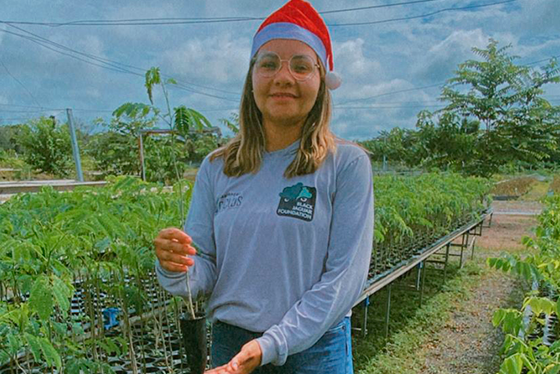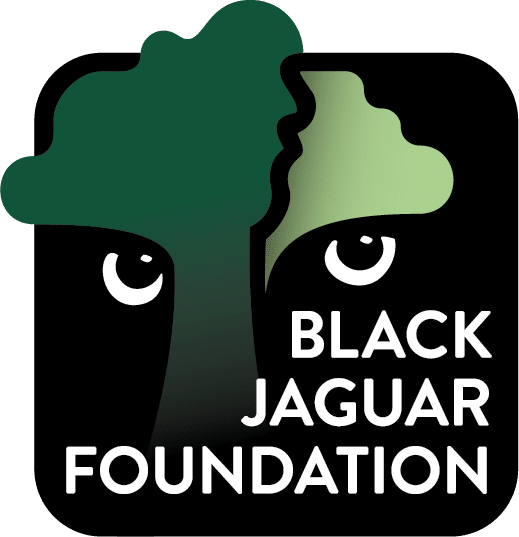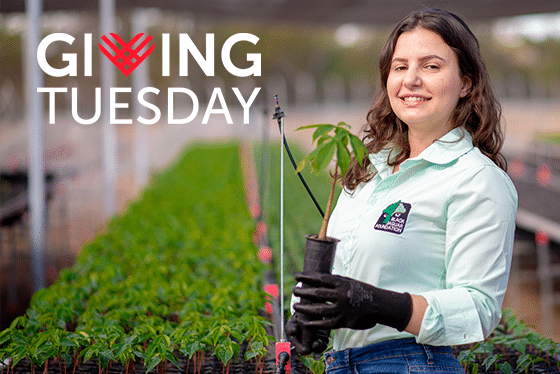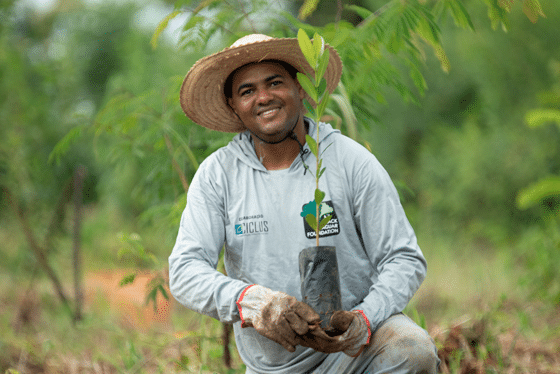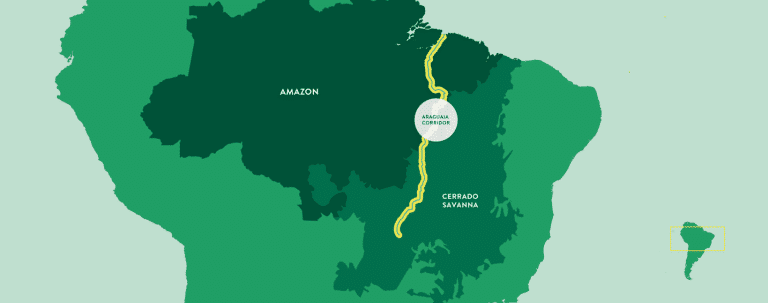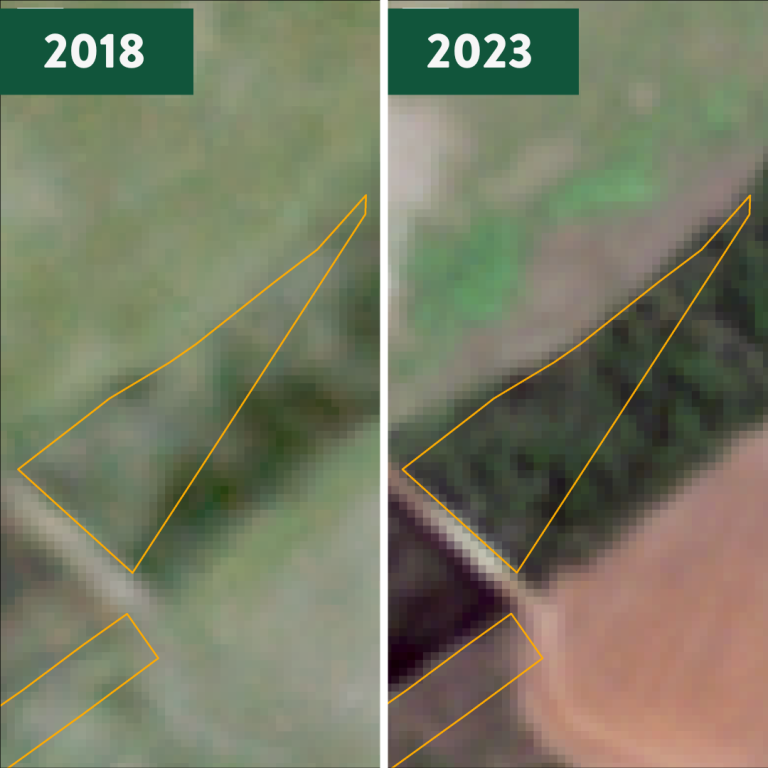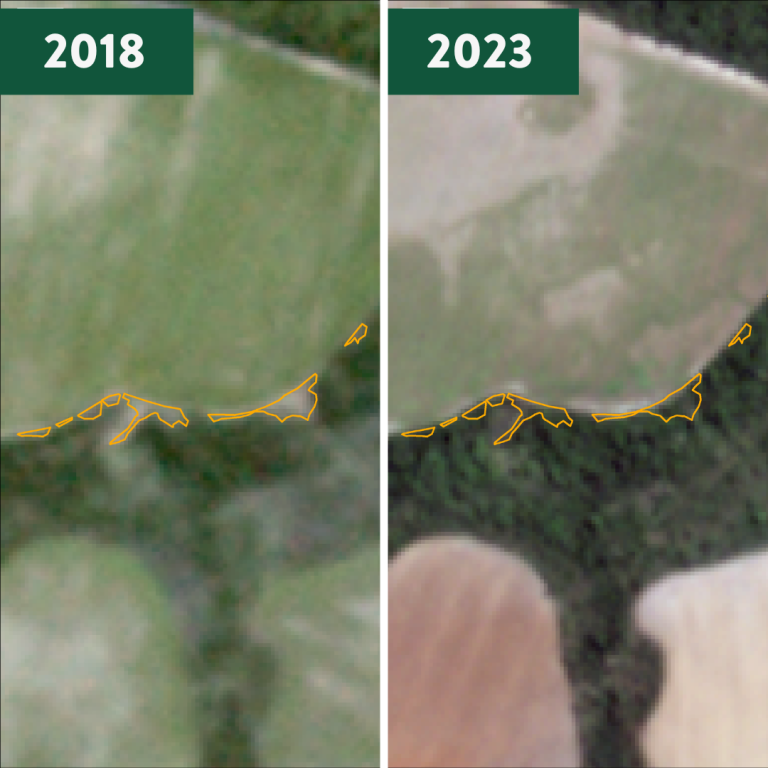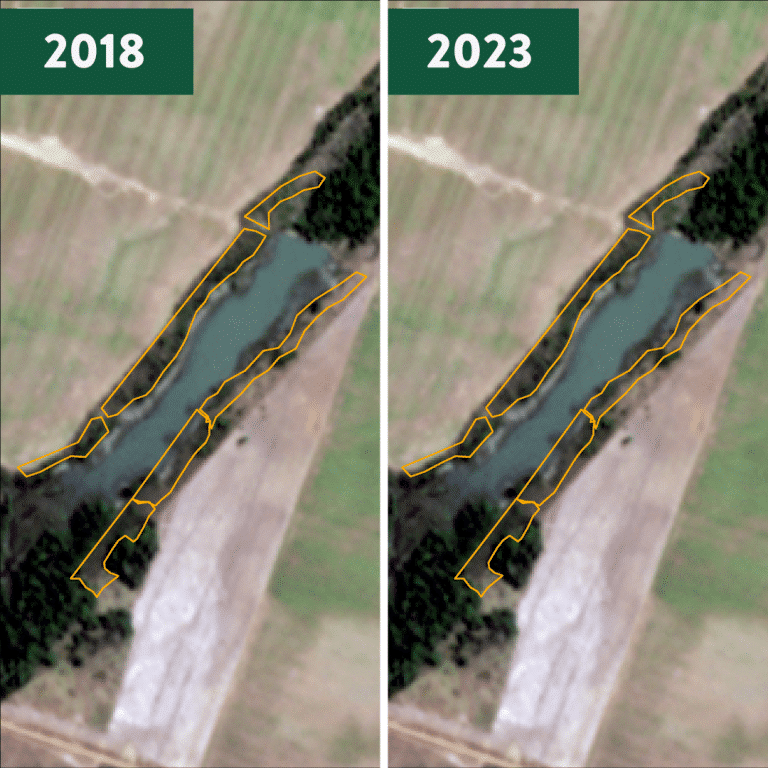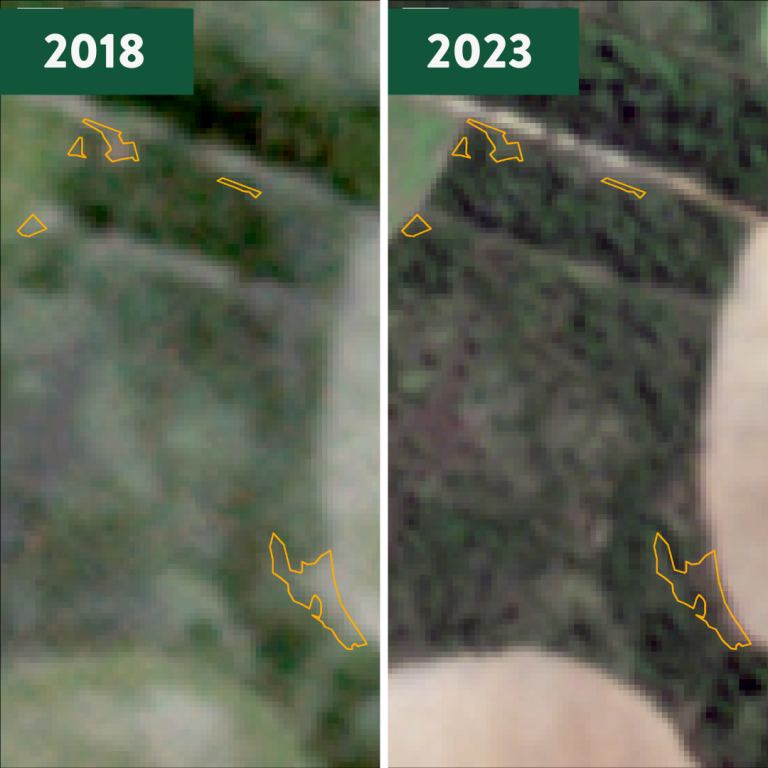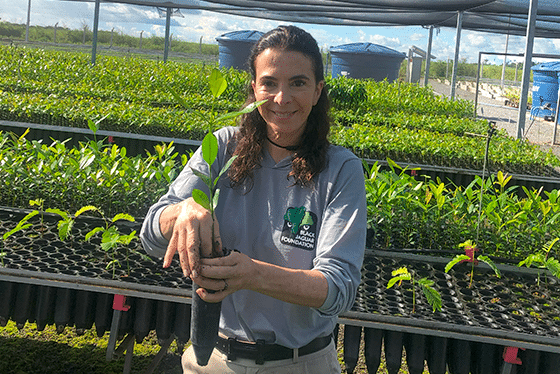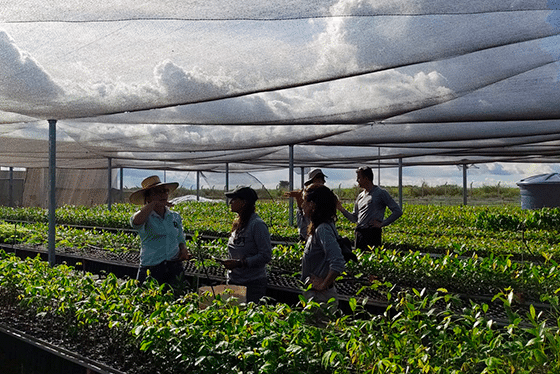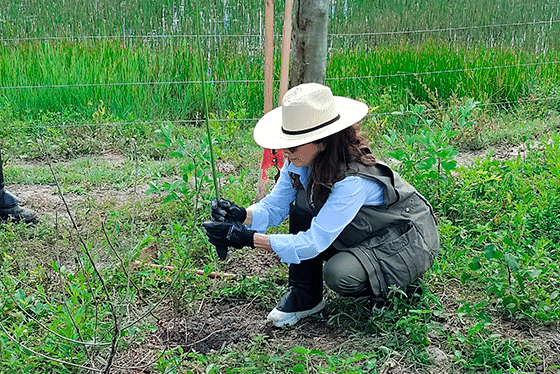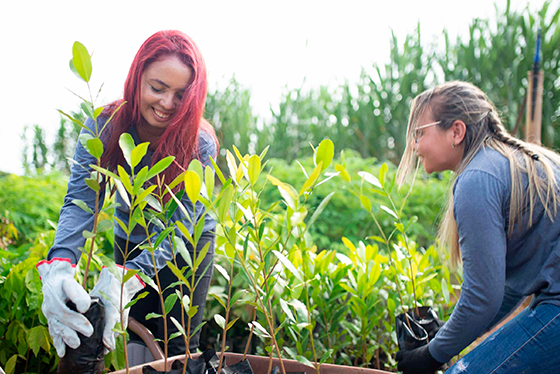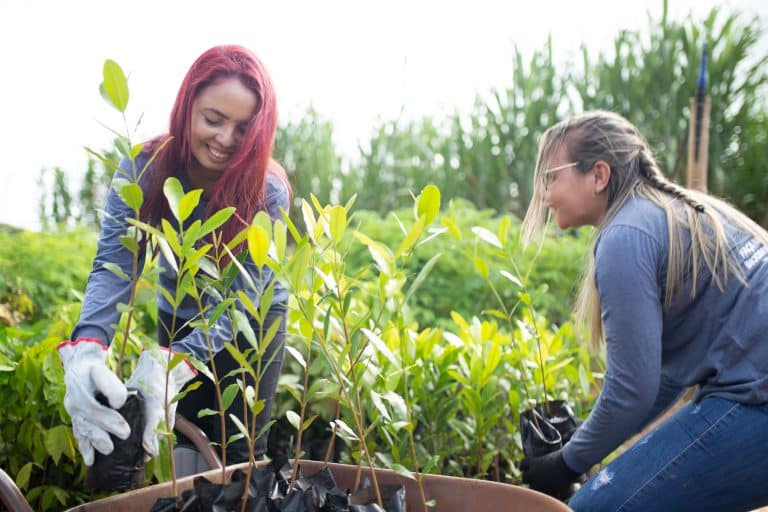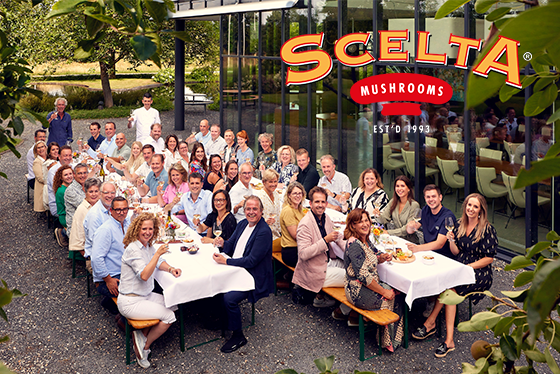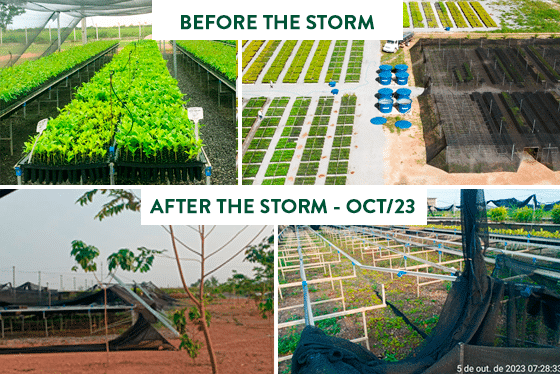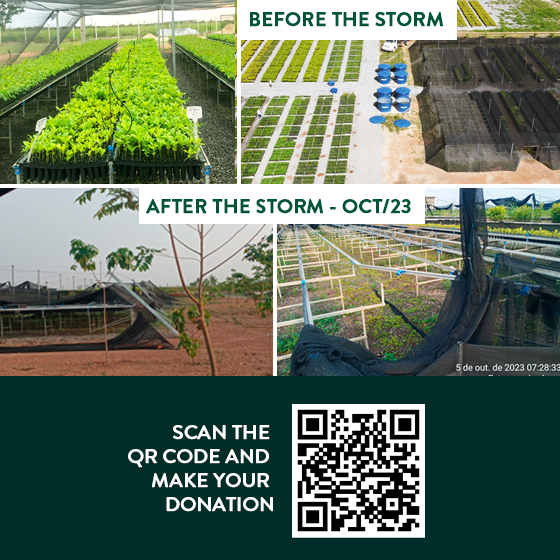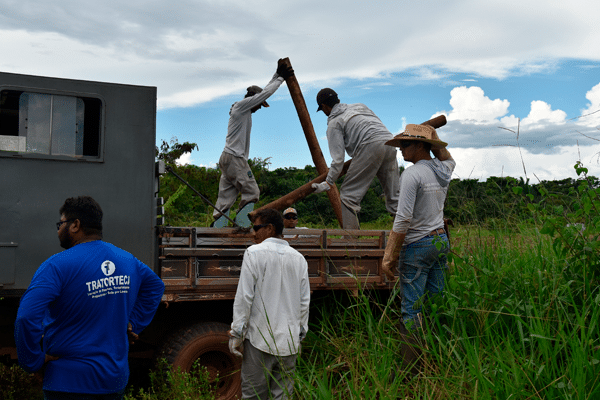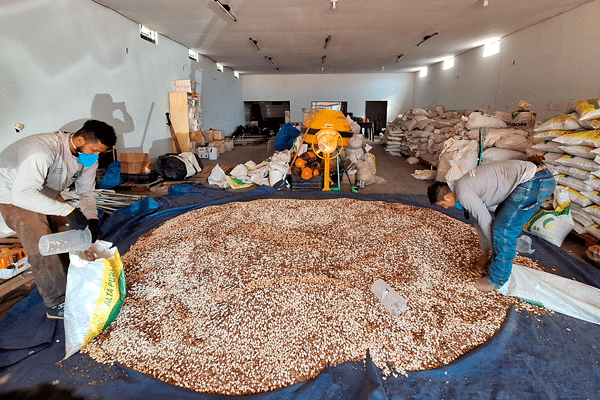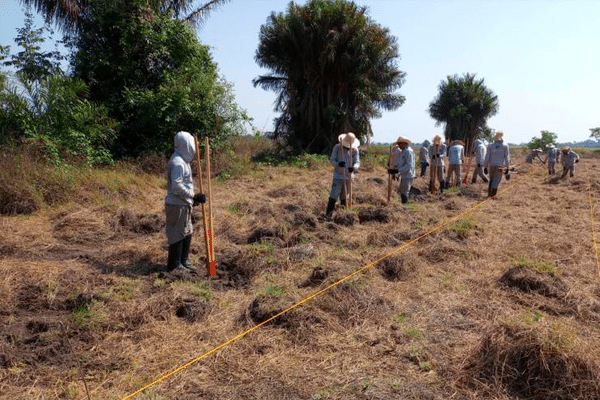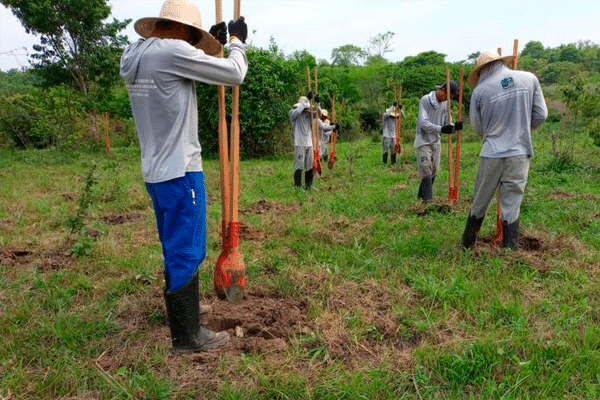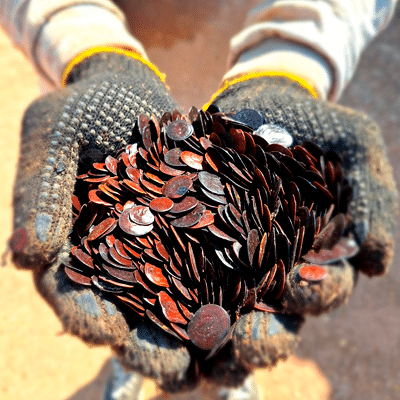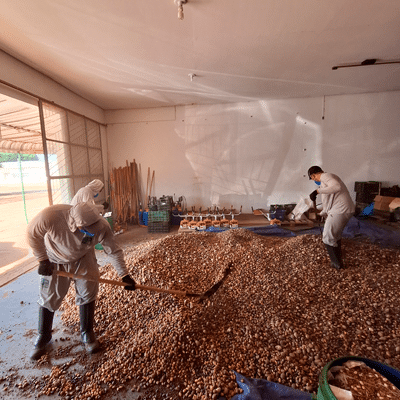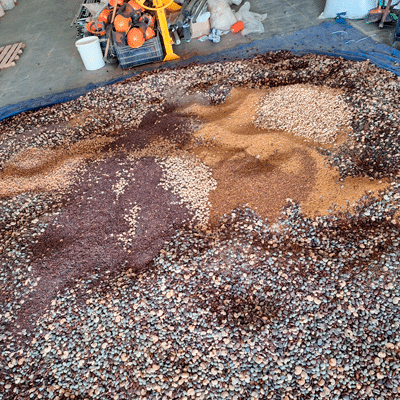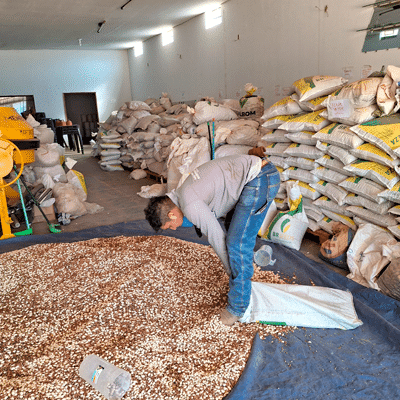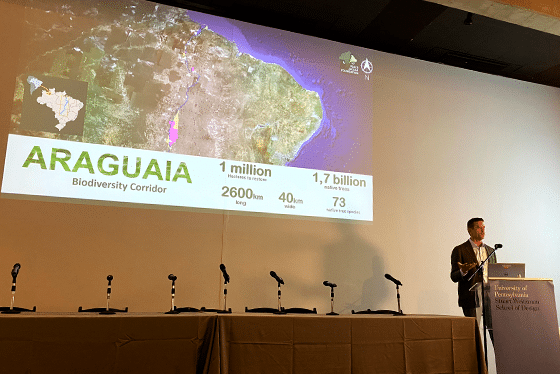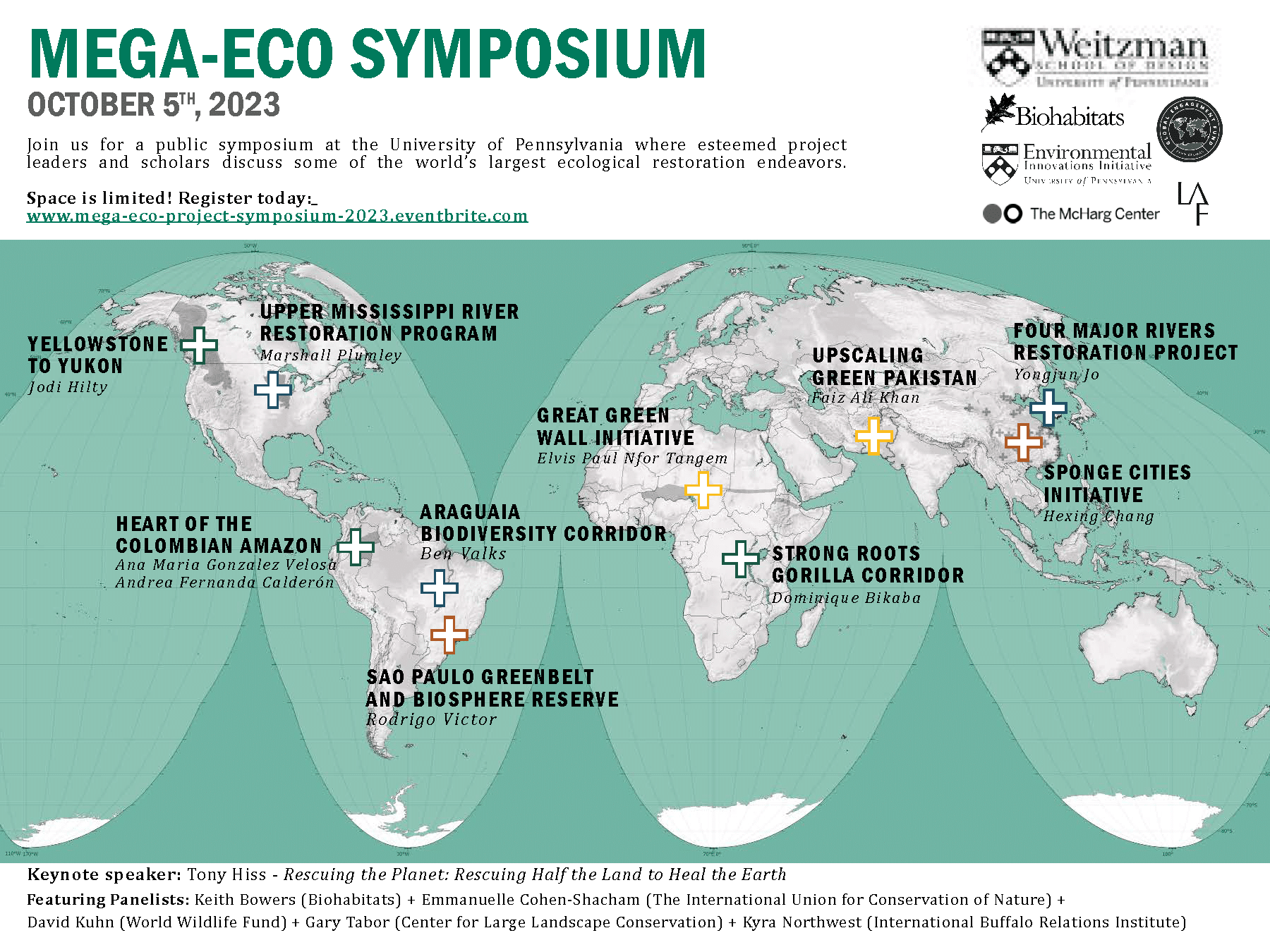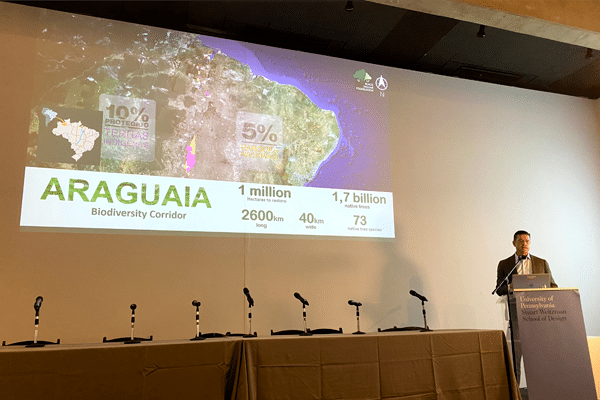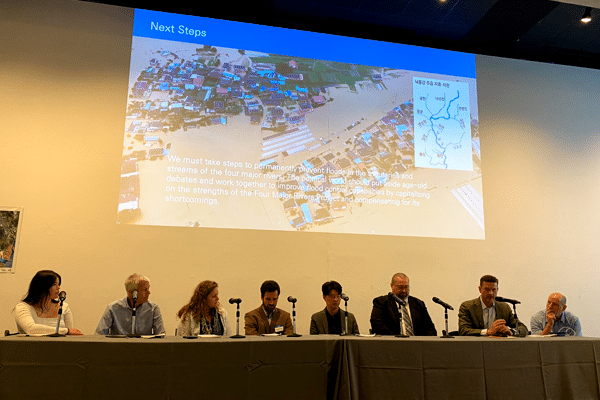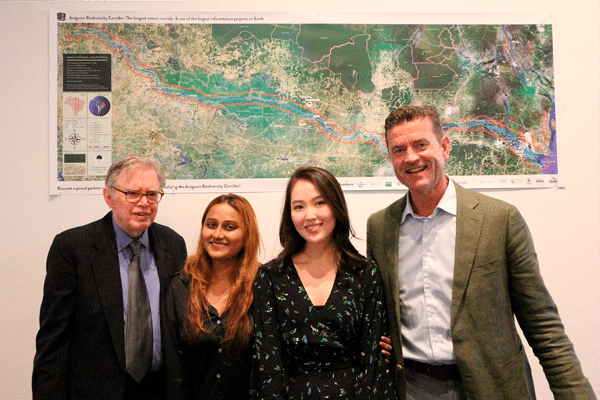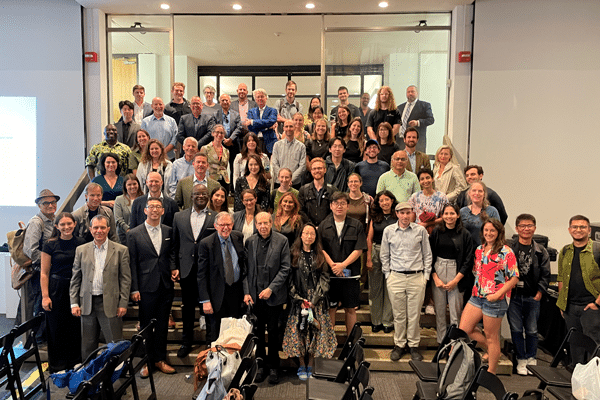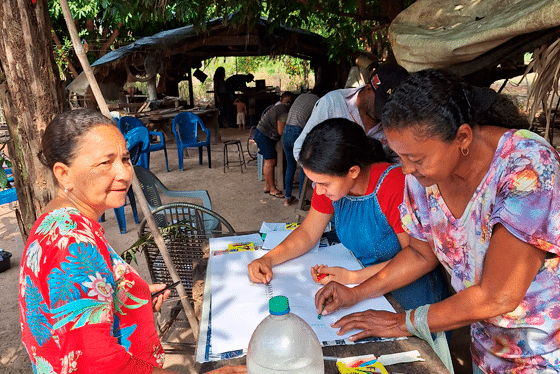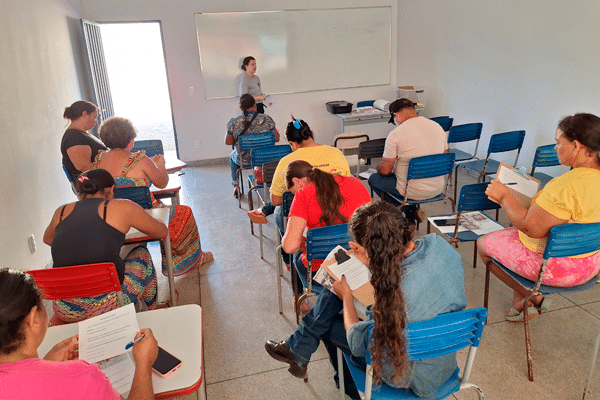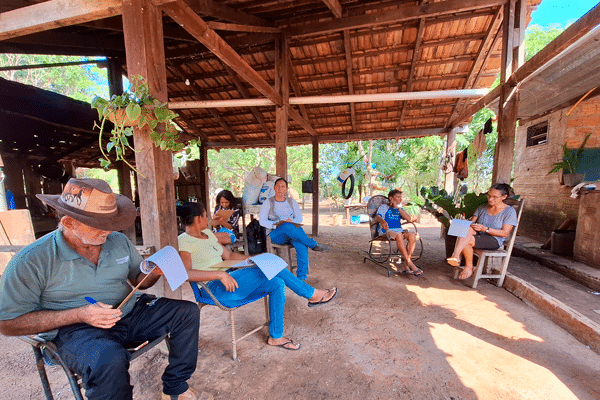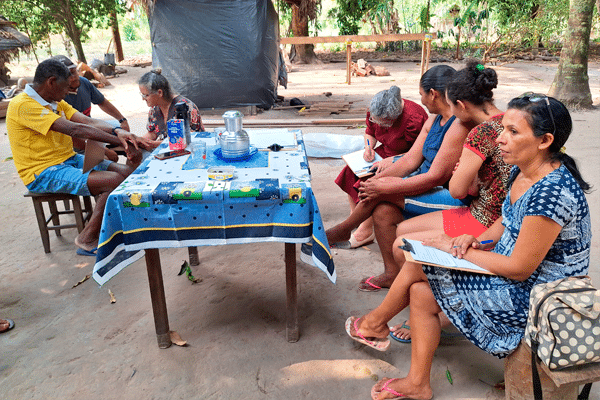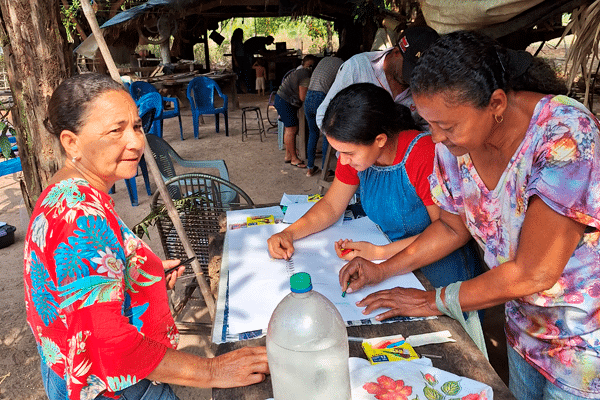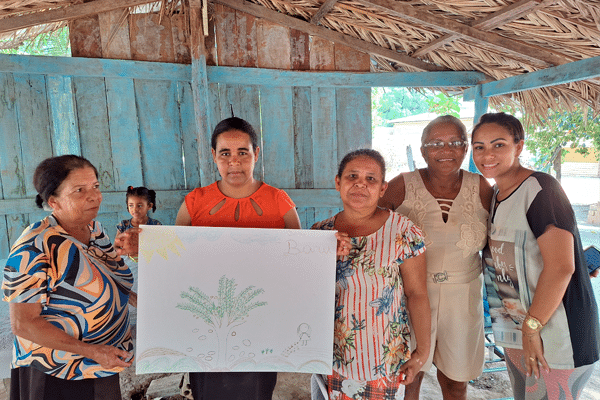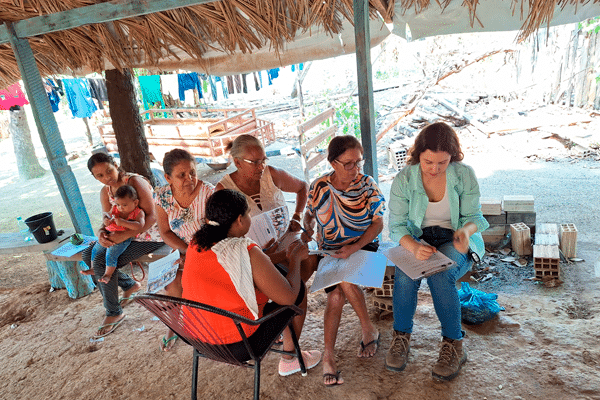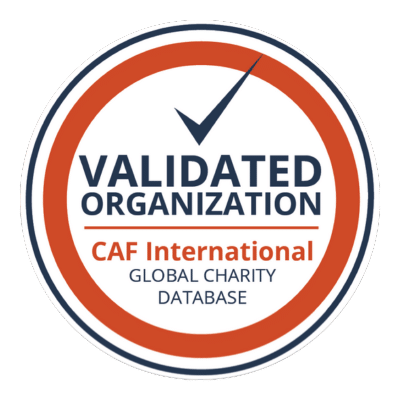Exciting news from Santana Do Araguaia! The Araguaia Seed Network has expanded, and to mark this important milestone, we have gathered our dedicated members for a collaborative journey. Together, we are shaping the mission, vision, and values that will define our project’s visual identity and create more engagement in the region and beyond.
The first step is to exchange experiences and opinions about the Network’s purpose. To achieve this, Black Jaguar gathered active members to collectively discuss and construct the mission, vision, and values of the project.
Laís D’Isep, a seedling production analyst and the principal coordinator of the collective, visited all the settlements and groups, creating activities to facilitate the exchange of ideas and reflection on the activities carried out over the past 18 months.
During the meetings, it became evident that the Araguaia Seed Network had already generated both financial impact as an additional source of income for families and social impact through an extended sense of community where people can rely on each other.
More than 70 people participated in the meetings, and the experiences shared will soon form the basis for the creation of the Araguaia Seed Network’s identity.
Through the purchase and sale of native seeds, the Araguaia Seed Network is an initiative aimed at supplementing the income of those living near the Araguaia River and providing seeds for the Araguaia Biodiversity Corridor. Currently, the initiative is expanding its scope, and soon there will be a group formed by students in Palmas (TO).
In less than two years of operation, we have already achieved remarkable results, and we hope that in the coming years, the Araguaia Seed Network will continue to grow, reaching more people and generating more socioeconomic impact for local communities.
